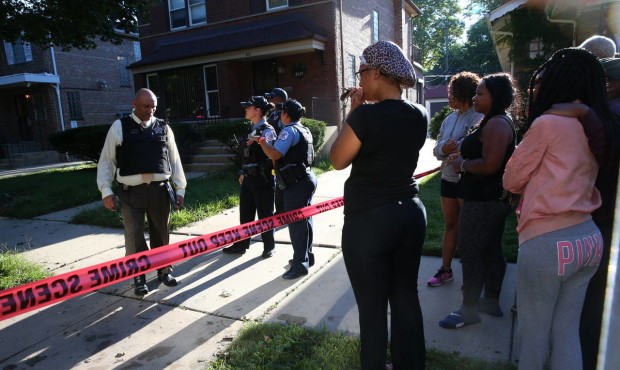Chokepoints
WSDOT blames economic rebound for worsening congestion
 Delays on state highways increased 4.6 percent between 2012 and 2014, according to the Washington State Department of Transportation's 2015 Corridor Capacity Report. (WSDOT)
Delays on state highways increased 4.6 percent between 2012 and 2014, according to the Washington State Department of Transportation's 2015 Corridor Capacity Report. (WSDOT)
The congestion drivers in the Pacific Northwest are experiencing on a daily basis can be attributed to a successful economy, according to the Washington State Department of Transportation.
Delays on state highways increased 4.6 percent between 2012 and 2014, according to WSDOT’s 2015 Corridor Capacity Report. The increase mirrors economic growth.
Though statewide traffic congestion is up, the average statewide congestion in 2014 was 8 percent below the 2007 pre-recession levels, according to the report.
Related: Public’s I-405 concerns are not related to class envy
“As the report shows, transit and HOV lanes play a big role in creating more capacity on state highways and help us manage growing congestion,” said Secretary of Transportation Lynn Peterson. “We’re collaborating with our partners in cities, counties and transit to get the most capacity out of the state’s multimodal transportation system and provide commuters viable travel options.”
Of the five monitored freeway corridors in central Puget Sound, I-5, I-405 and I-90 saw increases in congestion. Tolling and carpooling reduced congestion on SR 520 and SR 167 by 71 percent and 24 percent respectively.
Drivers can thank themselves for the worsening congestion. Between 2012 and 2014, passenger vehicle registrations increased 6.9 percent, according to WSDOT. Licensed drivers increased by 7.6 percent.
Statewide travel delay cost drivers and businesses an estimated $808 million in 2014 compared to $773 in 2012. The Puget Sound region contributes for 96.8 percent of the total delay.
And it’s not just congestion that is on the rise. “Incidents” increased by 8.1 percent, according to WSDOT. WSDOT crews responded to 48,691 incidents.
Though congestion is on an upward trend, the number of commuters driving alone isn’t. People driving alone decreased from 72.7 percent to 72.4 percent of drivers between 2013 and 2014. Those carpooling remained static at 10.1 percent.




































Comments